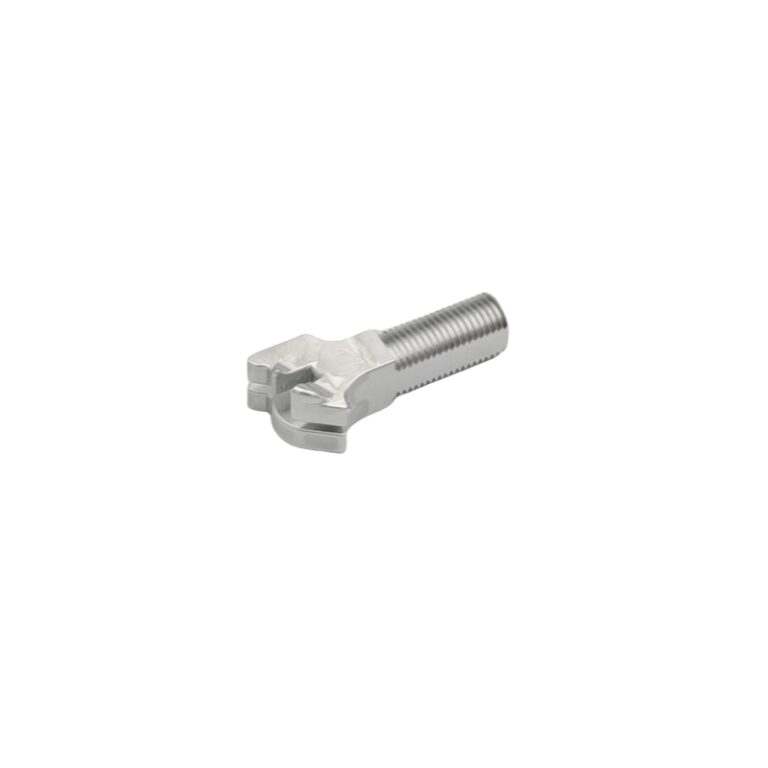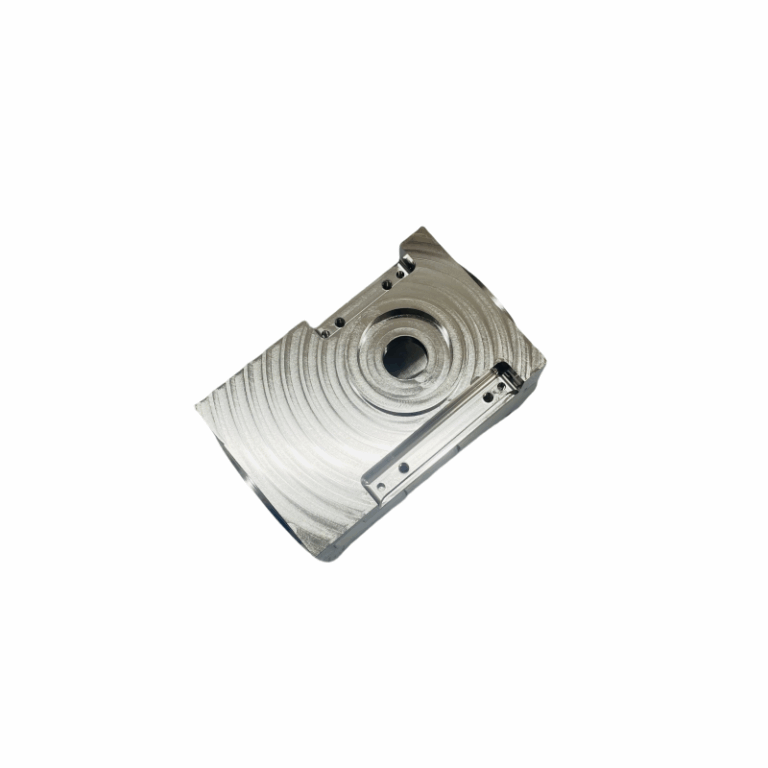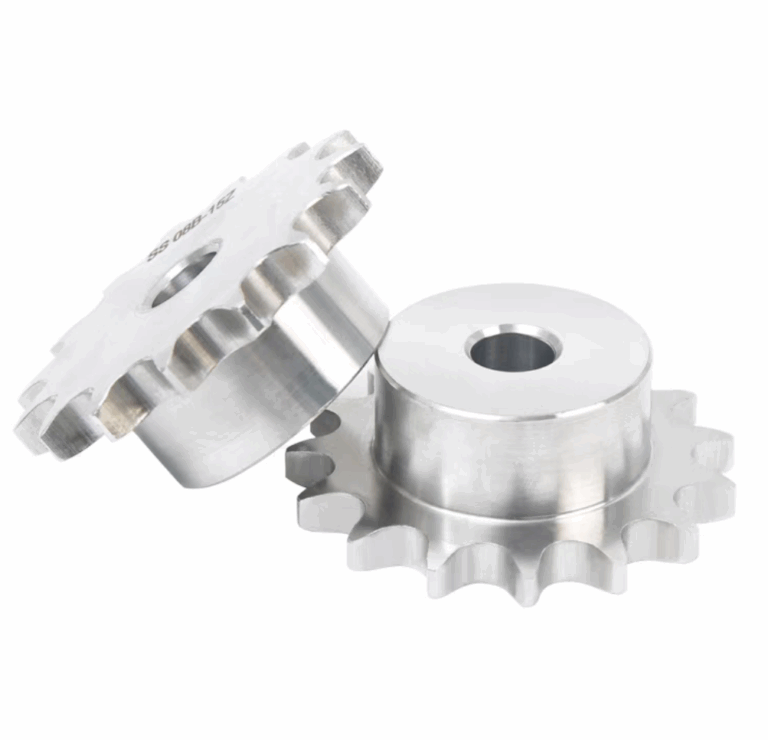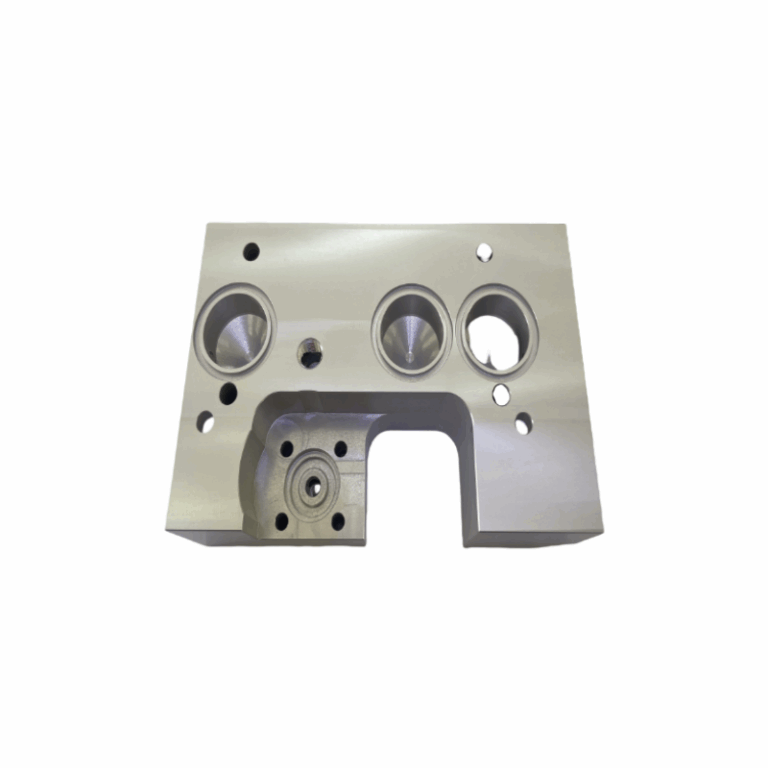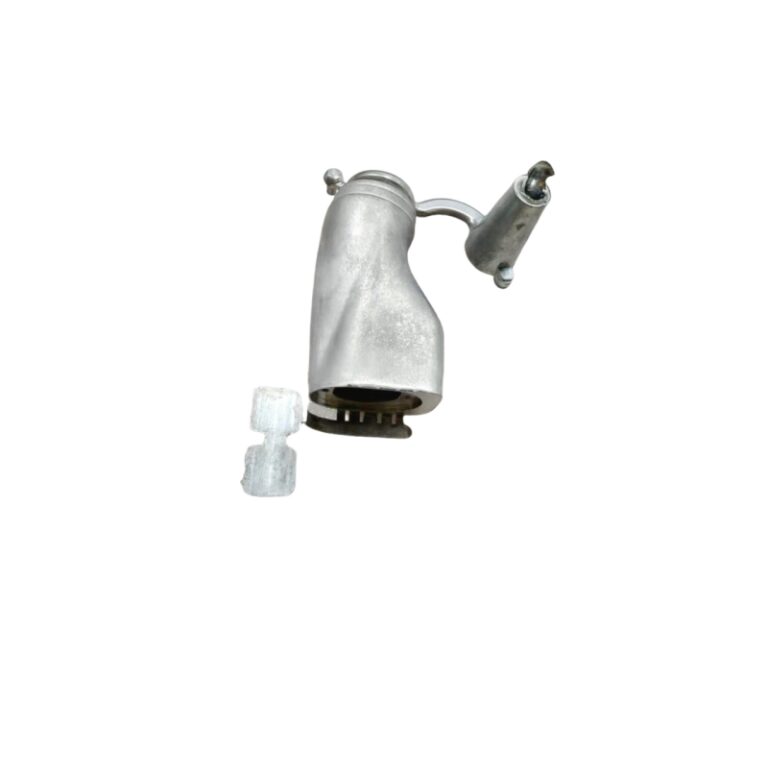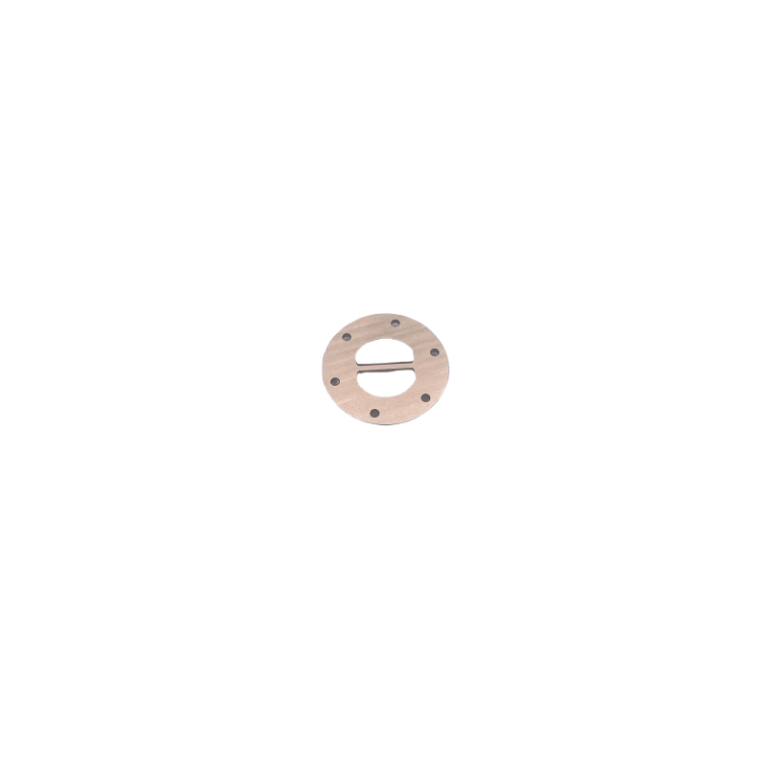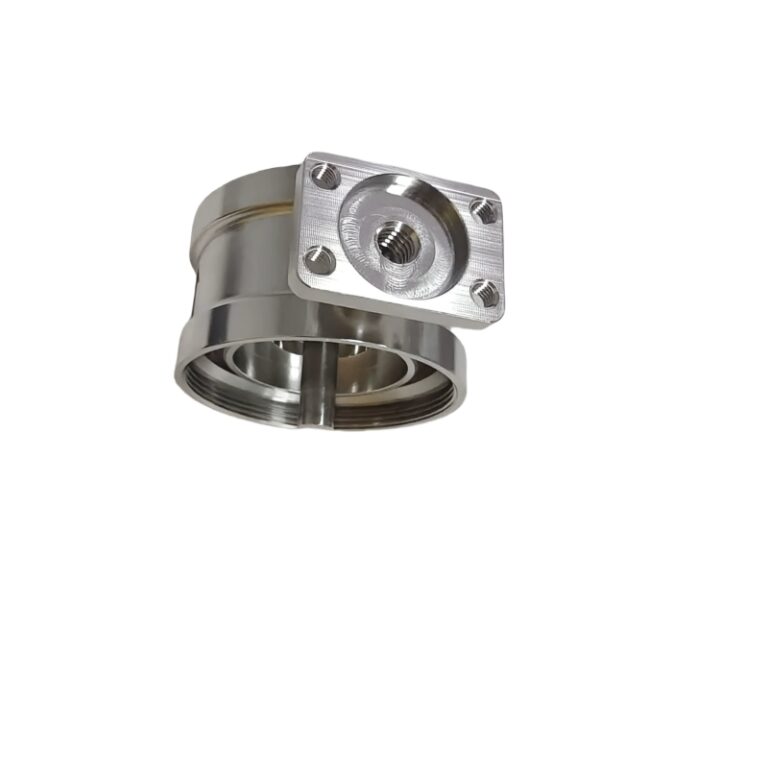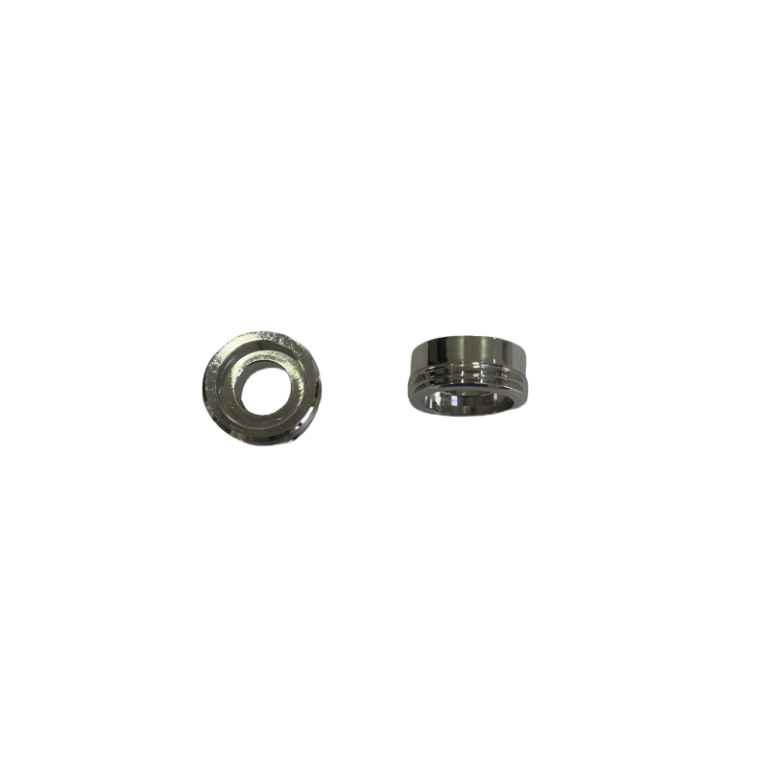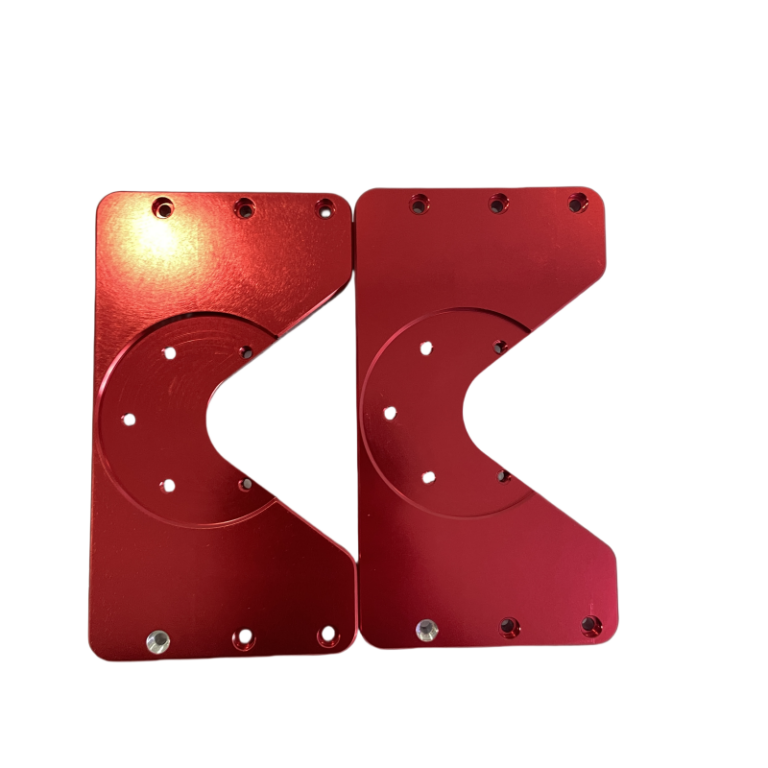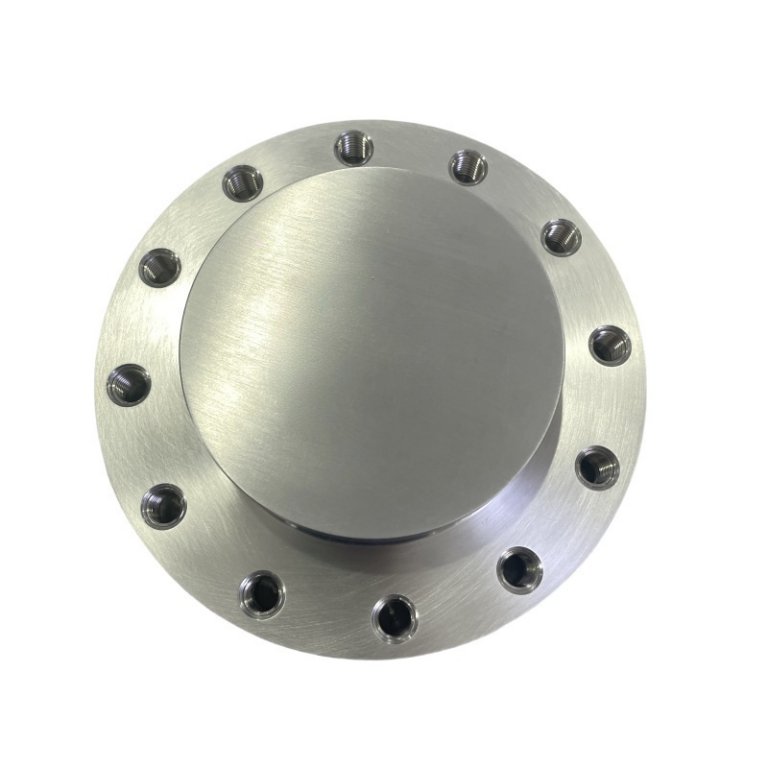The principle of 3D printing technology:
With the continuous development of science and technology, 3D printing technology is an innovative manufacturing method that is changing our lives and manufacturing. The principle of 3D printing technology is to add materials layer by layer to make the digital design into a physical object. A digital model or CAD file is needed at first. After that, the 3D printer adds layers of materials according to this model until the object is finished. This process is similar to the principle of an inkjet printer, except that instead of ink, various types of raw materials are used, such as plastic, metal, ceramic, etc.
3D printing technology usually involves three main steps: pre-processing, manufacturing, and post-processing. In the pre-processing step, the digital model must be sliced and divided into layers suitable for the 3D printer. In the manufacturing stage, the printer builds an object layer by layer based on the data of each layer. Finally, in the post-processing stage, the finished object must be processed and trimmed to achieve the desired appearance and performance.
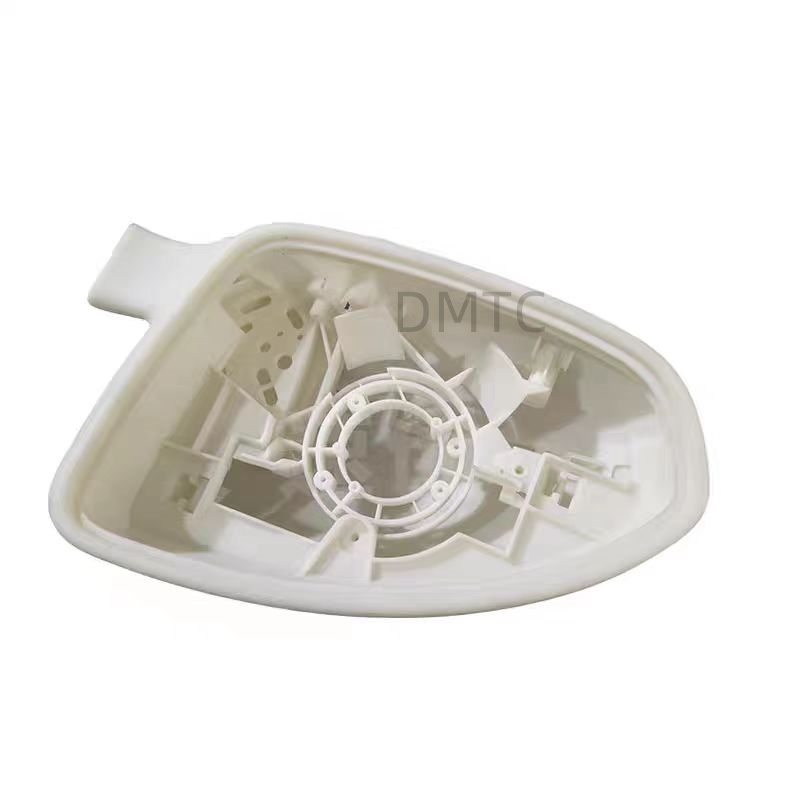
The 7 types of 3D printing technology
Stereo Lithography Apparatus(SLA): This process was first proposed by Charles W. Hull in 1984 and obtained a patent in the USA. It is one of the earliest developed 3D printing processes. It uses UV light beams to harden the liquid photosensitive resin and then makes high-precision and detailed models. The SLA process is the most in-depth research, the most mature technology, and the most widely used 3D printing technology in the world.
| Advantages | Disadvantages |
| earliest rapid prototyping process, with high maturity and time-tested | SLA systems, are expensive to build use, and maintain |
| Fast processing speed and short production cycle. | Most objects are made of resin, which has limited strength, rigidity, and heat resistance. they are not conducive to long-term storage. |
| Can process prototypes and molds with complex structures and shapes | The software system is complex to operate. |
| Use CAD digital models and reduce the cost of error repair | The SLA system is a precision device that operates liquids and has strict requirements for the working environment. |
Digital Light Processing (DLP): DLP technology was first developed by Texas Instruments, similar to SLA, it uses a more traditional light source such as a projector to quickly harden the photosensitive resin, and it increases manufacturing speed. This method of layer-by-layer stacking can achieve high-precision production, it is a new rapid prototyping technology.
| Advantages | Disadvantages |
| Fast curing rate | The machining size is limited and it is mainly used for the production of small objects. |
| Good equipment stability | There are material restrictions, not suitable for metals and mixed powders |
| Simple structure and low machining cost |
Selective Laser Sintering (SLS): Lasers fuse powder materials into solids to create complex parts without support structures. SLS is a relatively new technology that has been used so far mainly for rapid prototyping and small-batch production. It is suitable for the material of thermoplastics, metal powders, and ceramic powders.
| Advantages | Disadvantages |
| An efficient technology capable of producing large quantities of products in a short period | Compared to other 3D printing technologies, SLS-printed parts have a rougher surface. |
| Strength and durability: Sintered parts have good mechanical properties and are suitable for manufacturing functional components and durable components. | High-quality SLS printers and materials are expensive and require professional operators and maintenance. These factors make the initial cost of SLS investment high. |
| Design freedom: Since no support structures are required during sintering, designers can design more complex structures | The raw materials used in SLS printing are powder, they can be inhaled accidentally. This situation can lead to a variety of health conditions. |
| No material waste: unsintered powder can be recycled, which means high material utilization and cost-effectiveness. |
Fused Deposition Modeling (FDM): By heating plastic filaments and extruding them layer by layer, three-dimensional objects can be created. This technology is simple to operate with low cost. FDM is the technology with the largest installed base of 3D printers worldwide. It is widely used in most industries and is probably the first process that comes to mind when thinking of 3D printing.
| Advantages | Disadvantages |
| Low cost. FDM technology uses a liquefier instead of a laser, which reduces the equipment cost. | The finished object has obvious stripes on its surface. |
| The use of water-soluble support materials makes it easy to remove the support structure, and can quickly build complex cavities, hollow parts, and one-time assembly structural parts | Support structures need to be designed and fabricated. |
| A variety of materials are available, such as engineering plastics ABS, PC, PPS, and medical ABS in various colors. | The manufacturing speed is relatively slow and not suitable for building large parts. |
| The FDM system is non-toxic and does not produce any pollution such as odor, dust, noise, etc. It does not cost money to build and maintain a dedicated site and is suitable for use in office design environments. | Raw materials are expensive. |
Multi Jet Fusion (MJF): It Uses an inkjet head to jet the binder while using an infrared lamp to heat the powder material creating a more uniform and dense part. MJF technology is a new type of 3D printing molding technology launched by HP. It aims to solve the three main problems: speed, accuracy, and cost. According to HP, its printing speed will be more than 10 times faster than any other 3D printing technology on the market, and it also has the same accuracy and strength.
| Advantages | Disadvantages |
| The MJF technology can produce parts at a much faster rate, making it a viable option for large-scale production. | Equipment and infrastructure require high initial investments. |
| MJF technology provides exceptional precision and quality, resulting in durable and high-quality parts. | Requires a controlled production environment |
| Producing with less material waste | The use of specific materials limits the options for creating custom parts |
| High controllability of materials | Post-processing is required to improve the surface finish and precision of the final product |
Binder Jetting (BJ): This technology uses a nozzle to spray adhesive onto powder materials, bonding the powder layers together to form an object. It is suitable for a variety of materials such as metal, sandstone, and ceramics, and is particularly suitable for making color models and large parts.
| Advantages | Disadvantages |
| BJ is similar to SLS but does not use a laser to sinter the powder. This means that there are no high temperatures involved in the printing process, so there are no problems caused by heat. | Poor mechanical properties of parts are the biggest limitation of BJ technology |
| Can print larger parts, BJ 3D printers are known for their relatively large build volumes | Relatively minimal material selection |
| The materials used for BJ technology are not expensive | |
| Ability to work without supports, so complex shaped parts can be produced cost-effectively |
Directed Energy Deposition (DED): Melting material by focusing a beam of energy (such as a laser) and depositing it at specific locations simultaneously. DED is an AM process that is well suited for the deposition of high-performance materials such as stainless steel, tool steel, alloy steel, titanium-based alloys, and so on. It is suitable for repairing or increasing the size of existing parts.
| Advantages | Disadvantages |
| Wide range of raw materials, capable of processing a variety of materials, composites, and functionally graded materials | Local temperature differences can cause shrinkage, residual stresses, and deformation |
| Part characteristics can be adjusted locally | They have lower accuracy and much surface waviness |
| Typically higher design freedom compared to traditional manufacturing processes | Higher roughness, usually requiring post-manufacturing processing |
| High deposition rate during printing | Lower powder efficiency and powder recyclability |
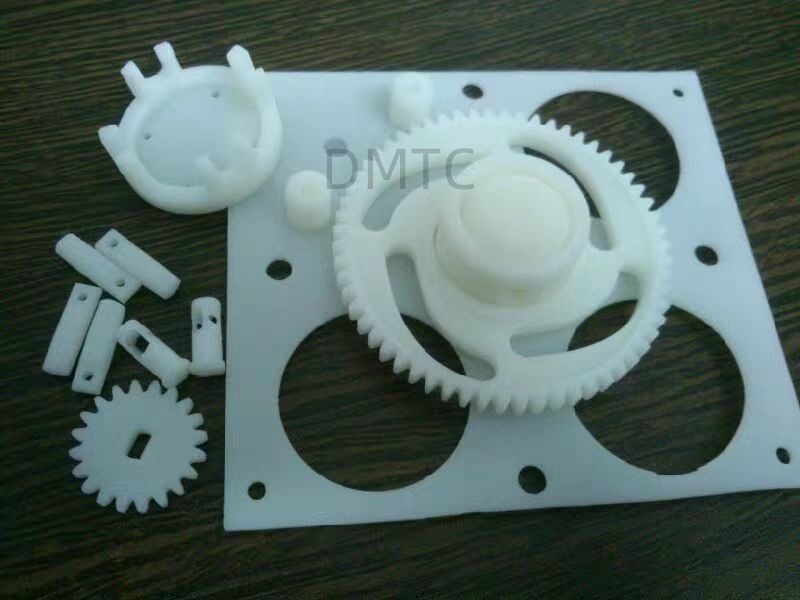
The Applications of 3D Printing
3D printing technology is widely used in multiple industry fields. Such as aviation, automotive, construction, medical, education, and manufacturing industries.
Aviation
In the aerospace and defense industries, 3D printing technology introduces a precise method for manufacturing the critical components of aircraft. This industry needs complex shapes and lightweight to improve the functionality and performance of the engine components. As a result, manufacturers can benefit from its economic feasibility to produce lightweight parts in a short time. The components include brackets, brackets, turbine blades and center frames, functional prototypes, and structural components for defense systems.
Automotive
3D printing enlarges the automotive industry by providing rapid prototyping and lightweight components, especially for racing cars. Established industries such as Mitsubishi and Chemical (BASF) have already used 3D printing technology. Typically, fused deposition modeling is used to build custom 3D-printed prototypes and end-use parts. Some common examples include automotive dashboards, HVAC ducts, vents, and interior seat prototype accessories.
Medical
In the medical field, 3D printing technology is used in the manufacture of medical devices, the replication of human organs, and the assistance devices for surgical operations. For example, 3D printing technology can be used to make customized prostheses to provide disabled people with a better quality of life. At the same time, 3D printing technology can be used to print simulated human organ models to help doctors perform surgical simulations and training.
Manufacturing industry
In the manufacturing industry, 3D printing technology can be used for rapid prototyping, customized production, and parts manufacturing. It can greatly shorten the product development cycle, improve production efficiency, and reduce costs. In addition, it also promotes an “on-demand manufacturing” economic model, allowing companies to flexibly produce according to market demand.
Construction
In the field of architecture, 3D printing technology can be used for rapid architectural prototyping, the manufacture of building components, and the display of architectural models. This not only saves time and cost but also enables greater design freedom.
Education
In the field of education, 3D printing technology can stimulate students’ creativity and imagination. Students can personally experience the process of digital design and creating a physical object, improving their spatial thinking and problem-solving skills.
Conclusion
As an innovative manufacturing method, 3D printing technology is changing our lives and manufacturing. Its principle is to add materials layer by layer and convert digital models into physical objects through CAD software. This technology has been widely used in manufacturing, medical devices, architecture, art, and education, bringing us many conveniences and innovations. With the continuous advancement of technology, we can expect 3D printing technology to be more widely used and developed in the future

